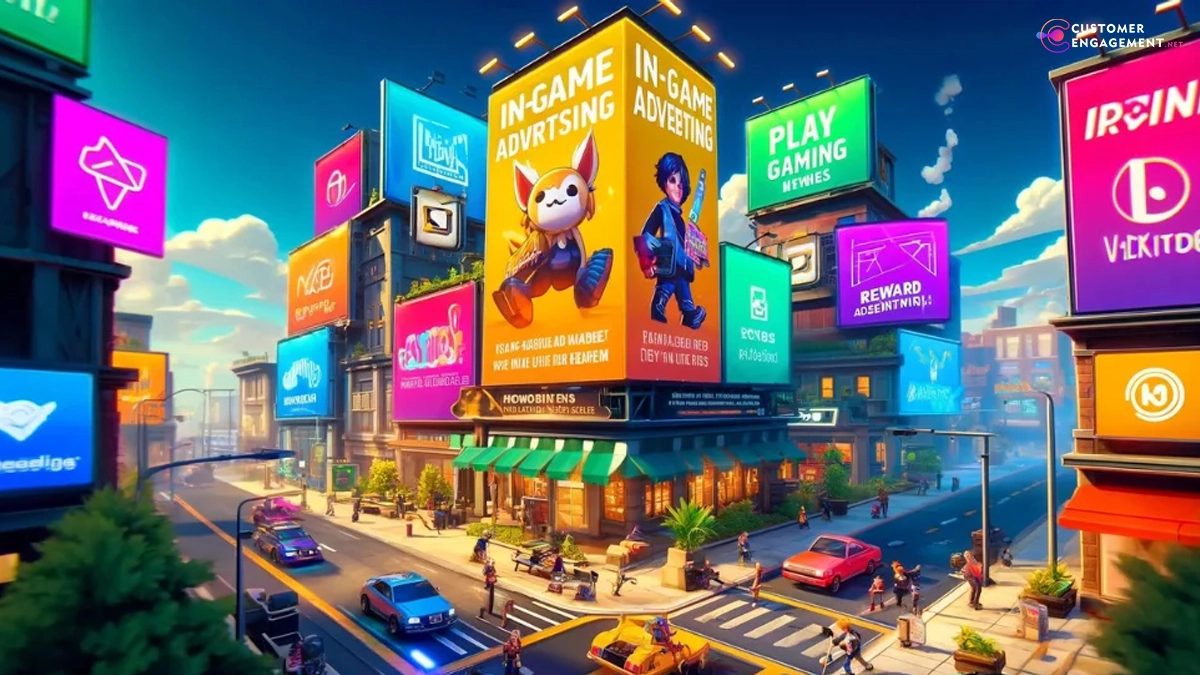
As IAB rolls out its Gaming Measurement Framework, advertisers are revamping strategies to boost transparency, ROI, and trust in gaming ads. Discover how brands and ad tech firms are adapting.
As gaming becomes more popular in mainstream media, advertisers are feeling more pressure to explain why they spend money on immersive, in-game formats. The Interactive Advertising Bureau (IAB) recently released its Gaming Measurement Framework, which is a big step towards standardizing how in-game ads are measured, reported, and improved.
This framework comes at a very important time. It gives a plan that covers all types of ads in gaming, including display, video, audio, and custom ads. It also sets basic metrics for all campaigns and advanced metrics for brands that want to get the most out of their campaigns and get the best return on investment.
Why a Standard Was Needed
Despite gaming’s popularity, advertisers have long struggled with:
- Fragmented metrics across platforms and publishers
- Inconsistent reporting that made benchmarking difficult
- Lack of third-party validation tools to prove effectiveness
These problems often caused ad budgets to be lower and made marketers less sure about the gaming channel. The IAB’s framework tries to get rid of this confusion by making game-based ad buys clear, comparable, and trustworthy.
How Brands and Tech Platforms Are Responding
Ad tech companies and forward-thinking advertisers are wasting no time adapting:
- Anzu has made ray-casting viewability tools that look at what players really see based on their point of view and how long they are on screen.
- Frameplay made its own “Time-in-View” metric to measure how long ads are seen, and it has already shown a strong link to how much people pay attention.
- Along with companies like Bidstack and Gadsme, these companies are working directly with IAB to make sure their solutions fit in with the new framework.
This alignment gives advertisers tools to plan more confidently, knowing that ad impressions, viewability, and engagement are measured uniformly across all gaming environments.
Key Strategic Shifts in Media Planning
The IAB framework is prompting advertisers to shift their gaming strategies in several ways:
- Consistent Benchmarking: Brands are now using standard metrics to line up their media plans, which makes it easier to compare partners.
- More programmatic adoption: Advertisers are using gaming in programmatic ad buys because they have better ways to measure them.
- Third-Party Verification: More and more people are using platforms like Moat, IAS, and DoubleVerify to check in-game metrics.
- Omnichannel Integration: Marketers are putting gaming in a place where it can be measured as a media channel in cross-platform strategies.
The Business Case: Better Metrics, Bigger Budgets
- Consistent Benchmarking: Brands are now using standard metrics to line up their media plans, which makes it easier to compare partners.
- More programmatic adoption: Advertisers are using gaming in programmatic ad buys because they have better ways to measure them.
- Third-Party Verification: More and more people are using platforms like Moat, IAS, and DoubleVerify to check in-game metrics.
- Omnichannel Integration: Marketers are putting gaming in a place where it can be measured as a media channel in cross-platform strategies.















